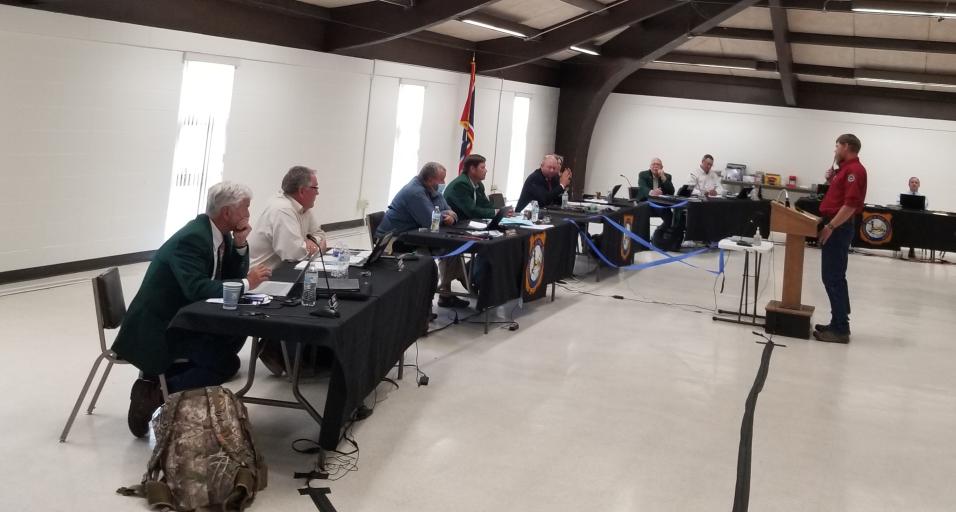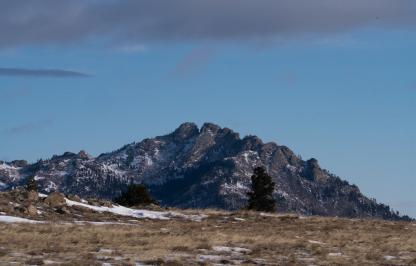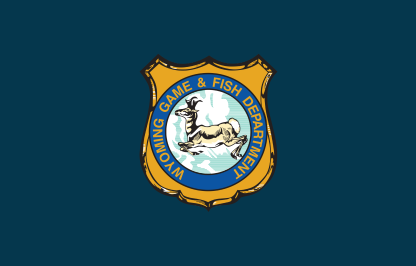The Wyoming Game and Fish Commission approved the Wyoming Chronic Wasting Disease Management Plan today at their July meeting in Rawlins. The plan is the result of a year-long collaborative process led by the Wyoming Game and Fish Department, alongside the public and stakeholders, to develop a path forward to manage the fatal disease in the state's deer, elk and moose populations.
“The CWD plan is a step in the right direction to manage the disease in Wyoming,” said Commission President Peter Dube. “It is a living document that we can adjust, adapt and change. It’s a controversial subject that the Commission takes very seriously. The process was so large and so many people were involved, and we are grateful for that.”
CWD is widely distributed across the state. The approved plan will guide how Game and Fish approaches management and research on the disease in Wyoming and presents a suite of options for on-the-ground action.
“Chronic wasting disease is a difficult issue. We are meeting the challenge with the best available science, input from the public and the courage to take risks to improve the health of our wildlife,” said Brian Nesvik, Game and Fish director. “I am proud Wyoming is continuing to stand out as a leader in the West — and the country — on CWD management strategies and research.”
In April 2019, Director Nesvik appointed 31 people from varied backgrounds, professions and interests from across Wyoming to the working group. The group was charged with developing recommendations to revise Game and Fish’s CWD management plan.
Alongside Game and Fish, working group members met four times to develop the plan and to integrate comments from two public input periods. The draft plan received hundreds of written comments and in-person feedback from the public before being finalized and presented to the Commission for approval. The group also explored scientific, social, economic and policy information related to CWD and deer and elk management and ways to minimize CWD in these populations through readings and presentations from national and state experts. The effort was facilitated by the Ruckelshaus Institute, Haub School of Environmental and Natural Resources with the University of Wyoming.
“We are grateful for the working group who dedicated hundreds of hours to the development of the plan and to all those individuals who provided input,” Nesvik said. “Wyoming will tackle this challenge because we formed solutions together, and our efforts will begin immediately and continue for years to come.”
The finalized plan will be available on the Game and Fish website by the end of July.
Wyoming CWD management plan approved
Sara DiRienzo (307-777-4540)



